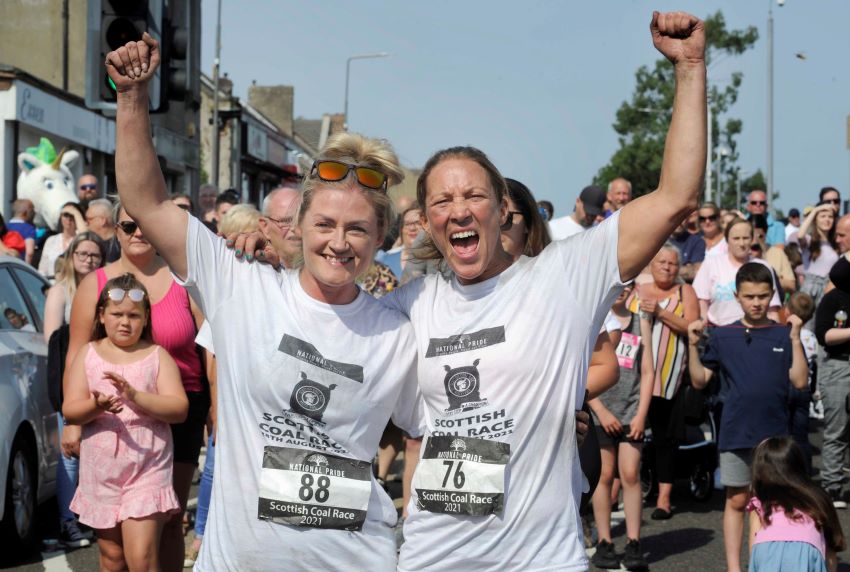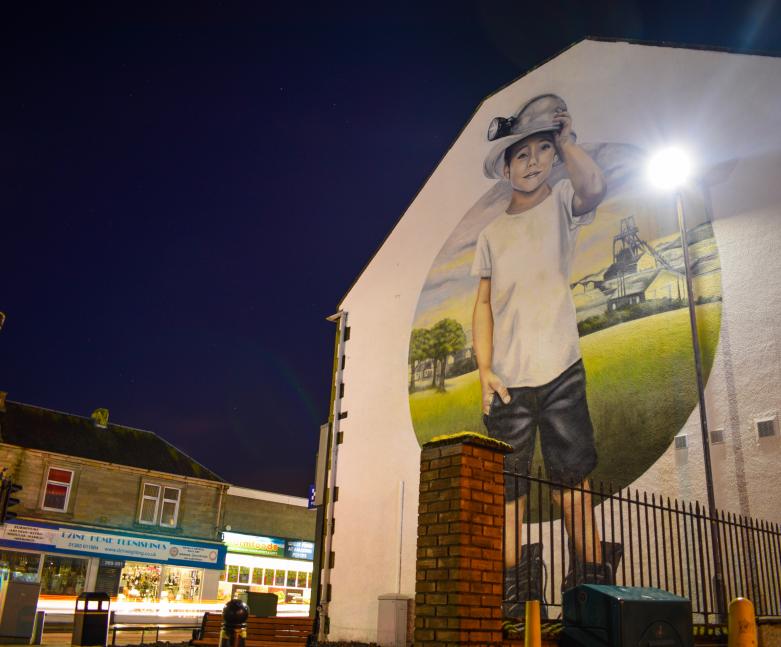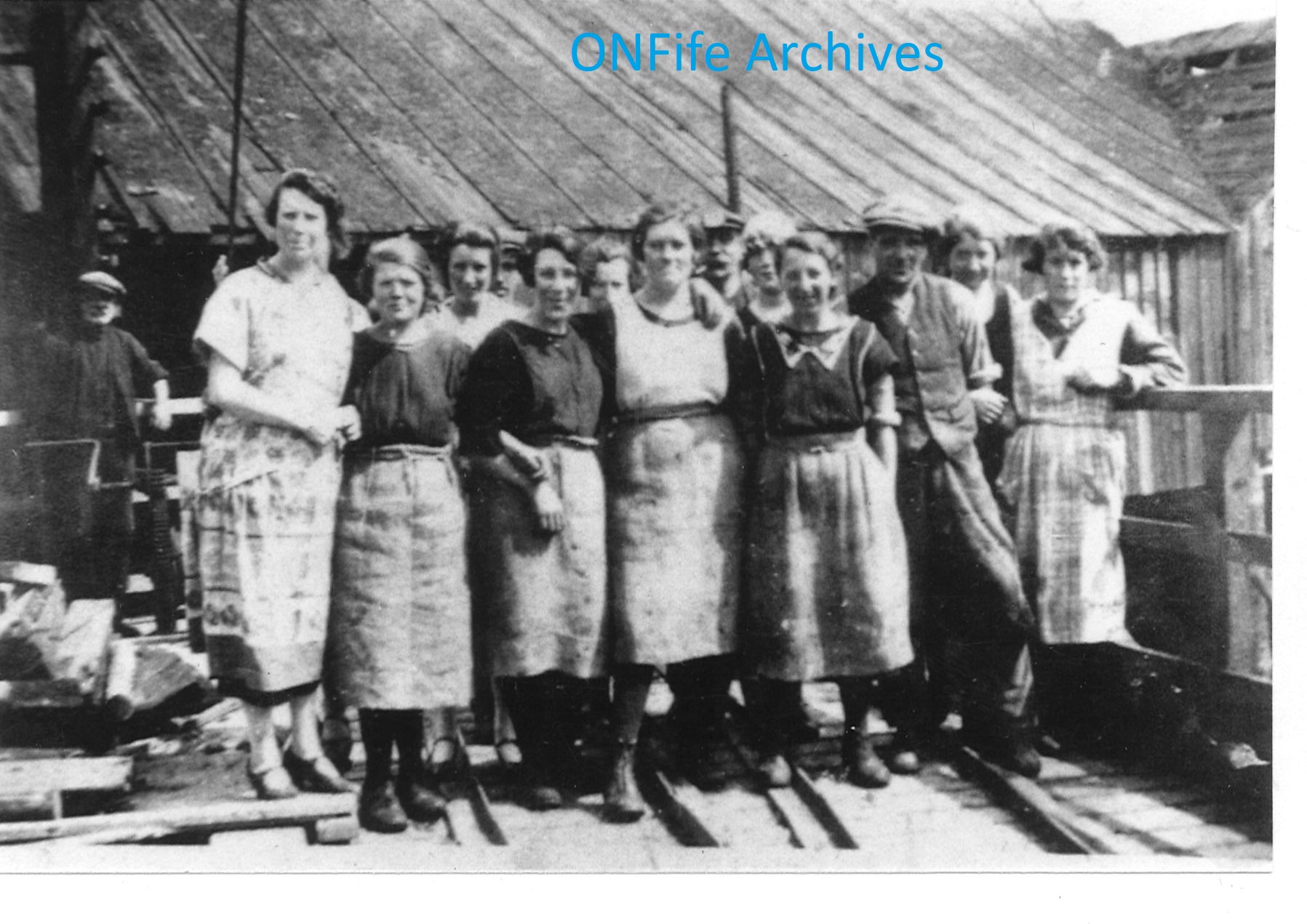6 of our Kingdom’s royal claims to fame
26 Apr 22
2 MIN READ TIME
08 August 22

Where to go to discover more about Fife’s coal mines, miners and mining families.

One of only two coal races in the world, the men’s race requires participants to carry a 50-kilo bag of coal through the streets of Kelty, the ladies’ race requires a 25-kilo bag of coal to be carried while children have to carry a 15-kilo bag of coal. In addition, this year’s Scottish Coal Carrying Championships also features the Scottish Championships of two pastimes that were played by miners in their free time – gird & cleek and draughts.
“Kelty was built on coal,” explains Michael Boyle, founder of the Scottish Coal Carrying Championships. “As the years go on, it can be difficult to maintain the heritage links of a village to its core roots, so I’m thrilled to continue the tradition.”
www.scottishcoalcarryingchampionships.co.uk

With three enormous paintings by local artist Kerry Wilson in the town centre, Cowdenbeath is a gigantic outdoor art gallery. Taking pride of place is Kerry’s mural of a wee boy in a miner’s helmet, a reminder of when, as well as being home to many miners, Cowdenbeath was also home to the Scottish School of Mining.
www.welcometofife.com/inspire-me-post/cowdenbeaths-larger-than-life-artwork

The Mining section in the museum features a selection of fascinating artefacts including a chair made of coal, a ledger which details hundreds of miners who worked at the Michael Colliery in the 1930s and The Token Wall. “Every miner carried a token with their number on it when they went down into the mine and, at the end of their shift, they’d hang their token on a hook,” explains Sara. “A missing token was a sign that a miner was missing.”
www.onfife.com/kirkcaldy-galleries-museum
The Industry section in the museum includes an excellent selection of displays about local mines, including examples of miners’ clothing and mining engineering.
www.onfife.com/venues/dunfermline-carnegie-library-galleries
Bult in the 1890s to provide homes for the miners who worked in the Earl of Wemyss’ coal mines, the miners’ cottages in this village are now part of a conservation area which also includes The Wemyss School of Needlework, where miners’ daughters learnt to sew, and The Miners’ Welfare Institute.